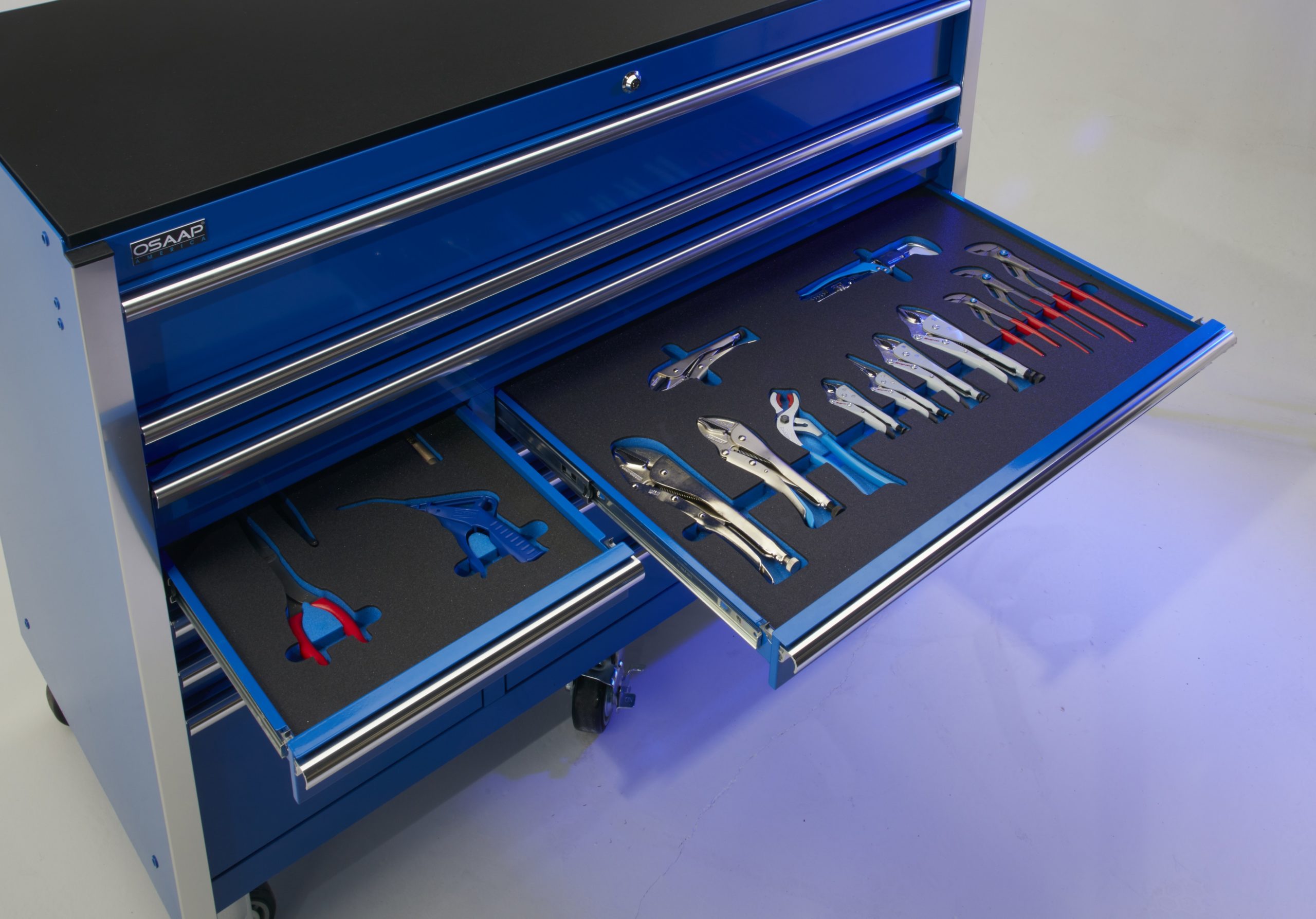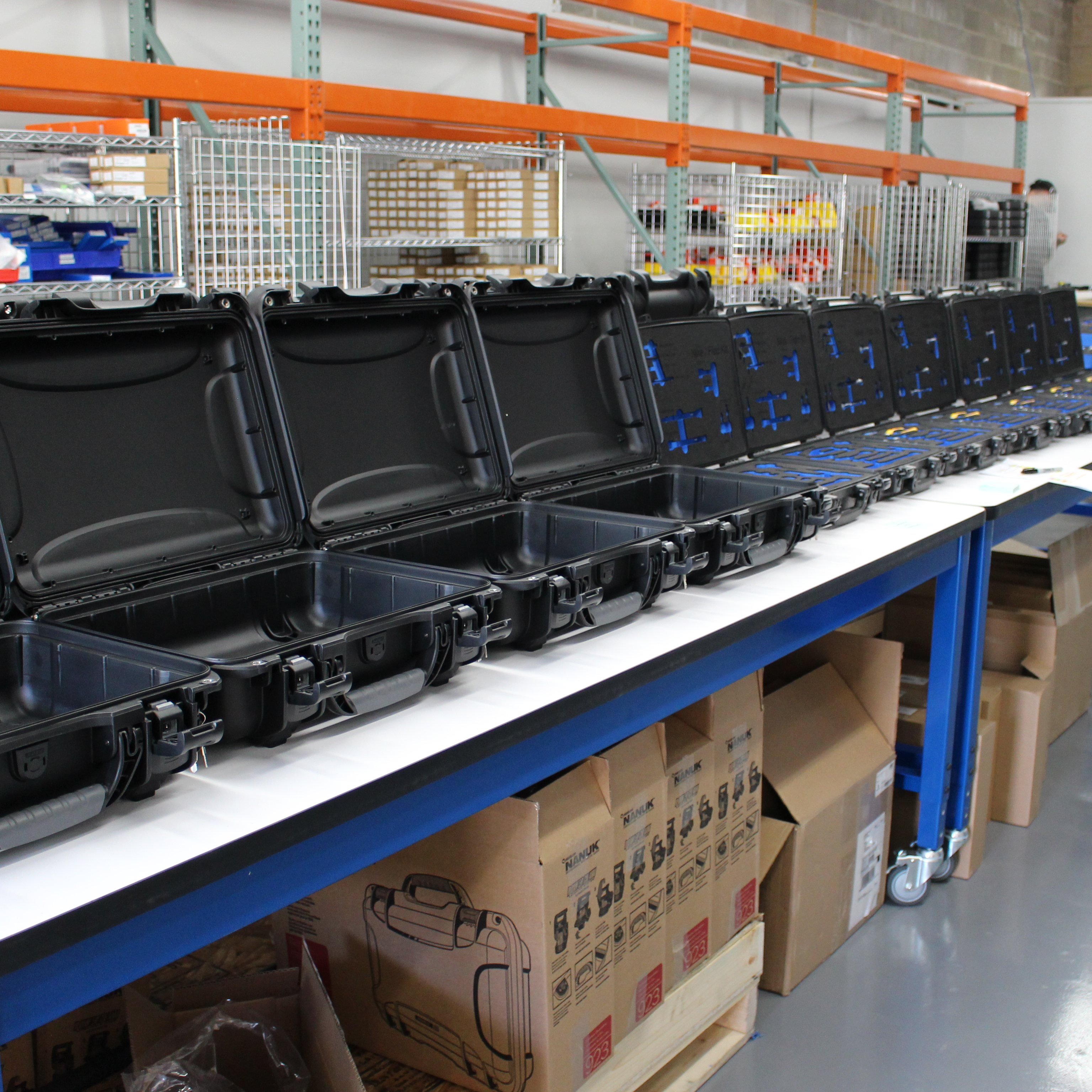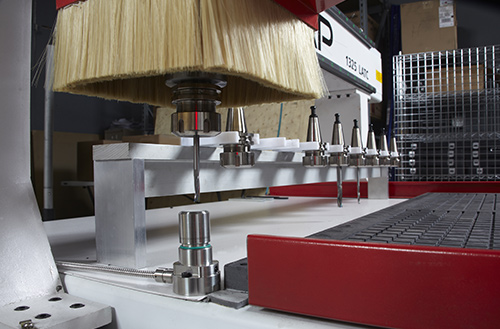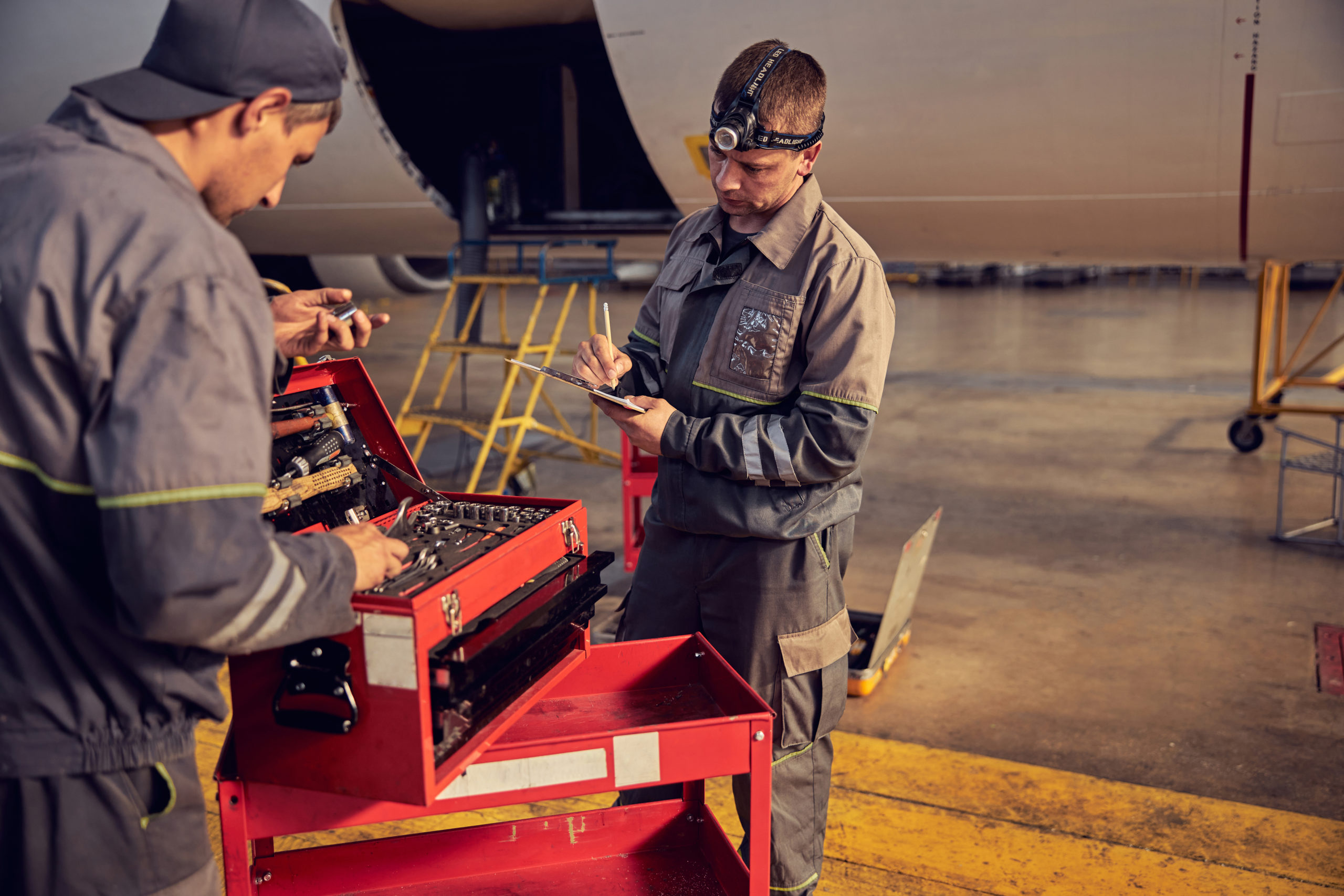How Organizational Design Services Can Transform Your Manufacturing Floor
Introduction to Organizational Design Services
Organizational design services are all about creating a more efficient, productive manufacturing floor. Think of it like a well-organized tool shed where everything has its place, making it easier to find and use tools quickly. This is what organizational design does for manufacturing. It’s a complex mix of aligning your company’s structure, processes, and people to the goals you’re aiming to achieve. Whether you’re looking to reduce waste, speed up production, or improve quality, tweaking how your organization is designed can have a big impact. It’s not just moving machines around. It’s about looking at workflows, communication channels, and even how teams are structured to make sure everything is aimed at improving performance. In simple terms, it’s setting up your manufacturing floor to not just do things right but to do the right things.
The Role of Organizational Design Services in Manufacturing
Organizational design services play a critical role in the manufacturing world. They streamline operations, increase productivity, and can significantly reduce costs. Imagine your manufacturing floor as a puzzle. Organizational design experts come in, analyze each piece, and rearrange them so the puzzle not only looks better but works better too. They focus on aligning your company’s structure with your strategy, making sure the right people are in the right roles, equipped with the right tools. This means they might change how teams are set up, how work flows from one process to another, or introduce new, more efficient technologies. It’s all about making your manufacturing process as smooth and effective as possible. By doing so, these services can help you meet customer demands quicker, outpace competitors, and increase overall satisfaction – both for your clients and your employees. So, in a nutshell, organizational design services can transform your manufacturing floor by making it leaner, faster, and more responsive.
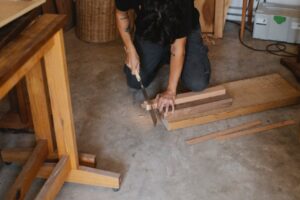
Key Elements of an Effective Manufacturing Floor Layout
For any manufacturing floor, the layout is not just about placing equipment and workstations. It’s about creating a flow that improves efficiency and productivity. Start by thinking about space optimization. This means using the available space in the most effective way, ensuring there is enough room for machinery, storage, and employee movement without causing clutter or unnecessary traffic.
Next, consider workflow. The goal here is to arrange the manufacturing process in a logical sequence from start to finish. This reduces the time and effort it takes to move materials and products through each stage of production, cutting down on delays and errors.
Safety is critical. A well-thought-out layout keeps safety in front. This involves clear pathways for evacuation, proper placement of fire extinguishers, and ensuring machinery is set up with enough space around it to prevent accidents.
Also, think about flexibility. The manufacturing industry is constantly evolving, so your floor layout should be adaptable to new processes, machinery, and product lines without requiring a complete overhaul.
Finally, communication and teamwork are important. Design the floor layout to encourage interaction among workers, making it easier for them to collaborate and solve problems together.
When these elements come together, they create an effective manufacturing floor layout that can significantly boost performance and morale.
How Organizational Design Enhances Operational Efficiency
Organizational design isn’t just about how your office looks; it’s the backbone of your manufacturing floor’s efficiency. Think of it as setting up a game of chess. Each piece, or in this case, each part of your operation, has a specific role and place. When everything is strategically aligned, your manufacturing process runs smoother, faster, and with fewer hiccups. You see, by mapping out workflows, removing unnecessary steps, and ensuring that machines and workers are in the right place at the right time, organizational design cuts down on wasted time and materials. This doesn’t only boost your production speed; it also improves the quality of the work done. The key takeaway? A well-thought-out organizational design means getting more quality products out the door with the same or even fewer resources. And in the competitive manufacturing industry, efficiency is not just nice to have; it’s essential.
The Process: Redesigning Your Manufacturing Floor
When you call in organizational design experts, they see your manufacturing floor as a giant puzzle with pieces not yet in perfect place. First, they chat with you to understand what you want. More efficiency? Better workflow? Whatever your goal, they have the observer’s advantage, seeing things you might miss. Then, it’s assessment time. They scrutinize your floor layout, the machines, how your teams work together, and even the tiny details like where tools are kept. They’re like detectives, looking for clues on how to boost efficiency and productivity. After the assessment, they sketch out a plan. Sometimes it’s small tweaks; other times, it’s a complete overhaul. They might suggest moving equipment to reduce wasted steps, changing shifts to ensure smoother operations, or introducing tech solutions to automate repetitive tasks. The aim? To make your manufacturing floor lean and mean. Implementing their plan can be tough, involving training, adjusting, and sometimes a bit of trial and error. But once the new design is in action, you’ll see the magic happen – better output, happier workers, and maybe even cost savings. Trusting experts to redesign your manufacturing floor isn’t just about making things look different; it’s about pushing for a smarter, more productive operation that stands the test of time.
Case Studies: Success Stories in Manufacturing Redesign
Companies across the globe have seen tremendous benefits from rethinking their manufacturing floor layout and operations. For instance, a well-known auto manufacturer streamlined its assembly line, cutting down the production time of each vehicle by 20%. This change not only boosted daily output but also significantly enhanced worker satisfaction, as the newly designed layout minimized unnecessary movement. Another success story comes from a textile company that reconfigured its floor plan to improve workflow. By doing so, they managed to increase their production capacity by 25% while reducing waste by 15%, showcasing the direct impact of thoughtful design on both efficiency and sustainability. These case studies underline the power of organizational design services in transforming manufacturing operations. By focusing on efficient space utilization and workflow optimization, companies can achieve remarkable improvements in productivity, waste reduction, and overall operational excellence.
Tools and Technologies Used in Organizational Design Services
To truly get your manufacturing floor to operate at its peak, organizational design services employ a variety of tools and technologies. First off, we’ve got software tools that map out your entire manufacturing process, showing you exactly where the bottlenecks are and how to eliminate them. This software can range from simple layout planning tools to advanced simulation software that predicts how changes will impact your operations.
Next, data analytics play a crucial role. By crunching numbers related to everything from machine performance to employee productivity, these services can pinpoint inefficiencies you didn’t even know existed. It’s all about turning raw data into actionable insights.
Then there’s the integration of Internet of Things (IoT) technology. By outfitting your manufacturing floor with sensors on machines, you get real-time data on everything from machine health to inventory levels. This level of detail allows for precise adjustments and predictive maintenance, potentially saving you big bucks in the long run.
Lean manufacturing principles also come into play. These principles focus on minimizing waste within manufacturing systems while maximizing productivity. Organizational design services use these principles to streamline your operations, ensuring that every part of your process adds value and nothing is there just for the sake of it.
Last but definitely not least, collaboration tools ensure that every team member, from the floor manager to the CEO, is on the same page. Whether it’s shared online workspaces or project management software, these tools keep communication lines open and projects on track.
In a nutshell, organizational design services transform your manufacturing floor using a mix of cutting-edge and time-tested tools and technologies. It’s all about making your operations smarter, leaner, and more cohesive.
Common Challenges in Manufacturing Floor Redesign and Solutions
Redesigning a manufacturing floor is no small feat. It’s packed with challenges, but don’t worry, we’ve got solutions. Space utilization is often the first hurdle. Factories need to make the most out of every inch. To tackle this, start with a detailed floor plan that prioritizes workflow efficiency. Think about where each process happens and how materials move through the shop. Next up is technology integration. It’s tempting to slap in new tech and call it a day. However, the smart move is to assess how this tech will blend with your operations. You want machinery and software that enhance productivity, not complicate it. Another biggie is employee resistance. Change can spook folks. The key? Communication. Explain the why behind changes and involve your team in the planning stages. This builds buy-in and eases the transition. Lastly, budget constraints can throw a wrench in the works. It’s critical to set a realistic budget and keep a buffer for unexpected costs. Remember, investing in a redesign can lead to savings and increased efficiency down the line. By addressing these challenges head-on, you’ll navigate the redesign process more smoothly and set your manufacturing floor up for success.
The Impact of Organizational Design on Employee Productivity and Satisfaction
When we talk about getting your manufacturing floor to work better, we’re really talking about making your team work better. That’s where organizational design comes in. At its core, organizational design is about arranging your resources and structures so that your employees can do their best work. It’s not just about moving machines around; it’s about creating an environment where people are more productive and satisfied.
So, how does organizational design do this? For starters, it paves the way for clearer communication. When everyone knows who they’re supposed to talk to and how processes work, there’s less confusion and more getting stuff done. Second, it matches roles to skills. If you’ve got someone who’s great at problem-solving in a role that lets them shine, they’re going to be happier and more productive. Lastly, it can introduce flexible work arrangements, which are increasingly important for today’s workforce. Maybe it’s flexible hours or the option to work from home some days; either way, when employees feel trusted to manage their workload, they’re more engaged.
In short, think of organizational design not as a one-time project but as an ongoing strategy. It’s about consistently fine-tuning the system you have in place to make sure you’re hitting the sweet spot where productivity and employee satisfaction meet. By investing in a structure that supports your team’s best work, you’re not just making your manufacturing floor more efficient—you’re building a stronger, happier workforce.
Conclusion: The Future of Manufacturing with Organizational Design Services
Organizational Design Services are more than just a trend; they’re becoming a necessity for manufacturers aiming to stay ahead in the rapidly evolving market. By optimizing layout, workflows, and processes, these services pave the way for enhanced efficiency, productivity, and flexibility on the manufacturing floor. With the right design, companies can respond faster to market changes, introduce new products smoothly, and reduce waste, leading to significant cost savings and sustainability improvements. The future of manufacturing lies in embracing these transformative services, marking a shift towards more intelligent, adaptable, and sustainable operations. Those who invest in organizational design now are setting the stage for not just surviving but thriving in the competitive landscape of tomorrow. So, the question isn’t whether to adopt these services, but how quickly can you integrate them into your operations to reap the benefits.

